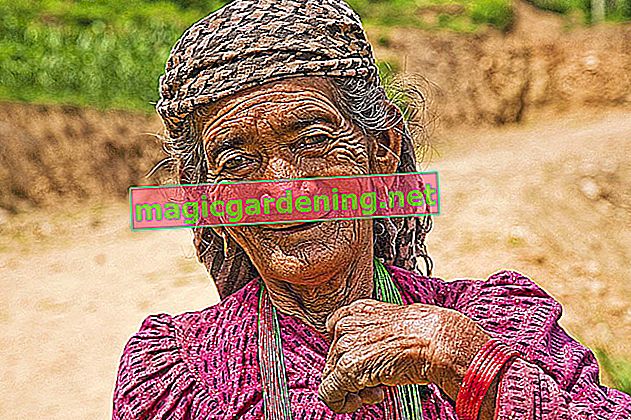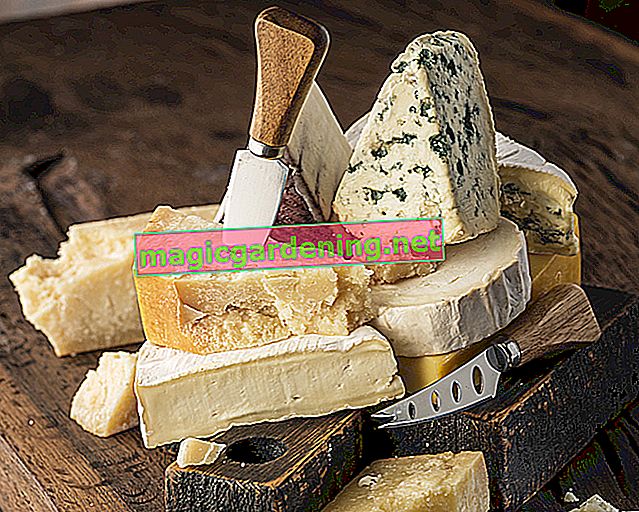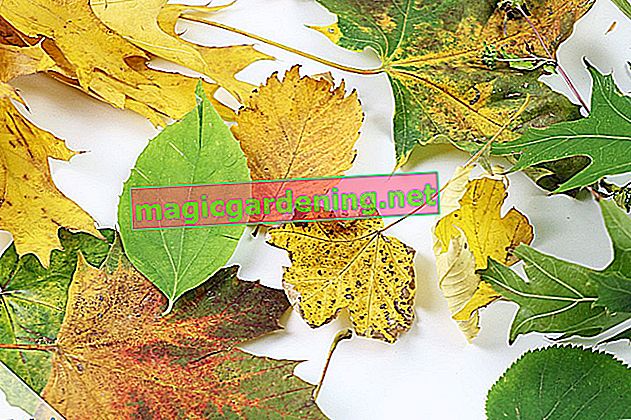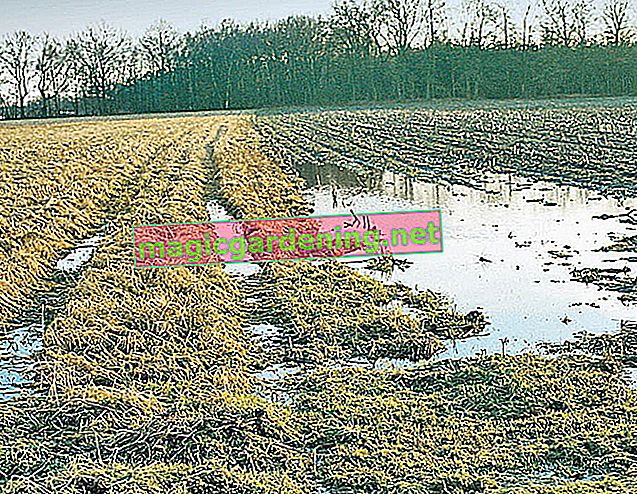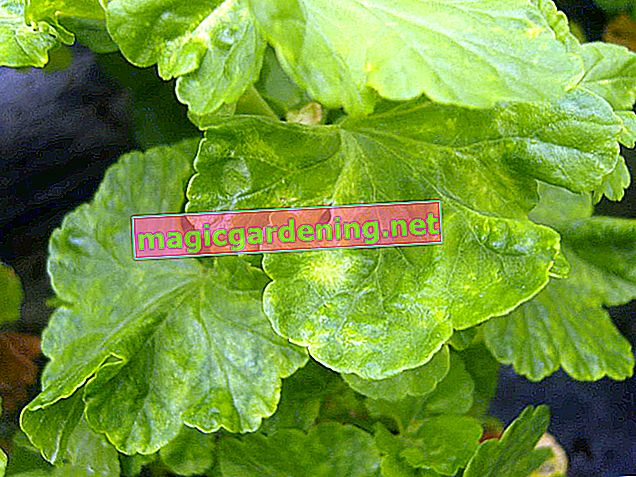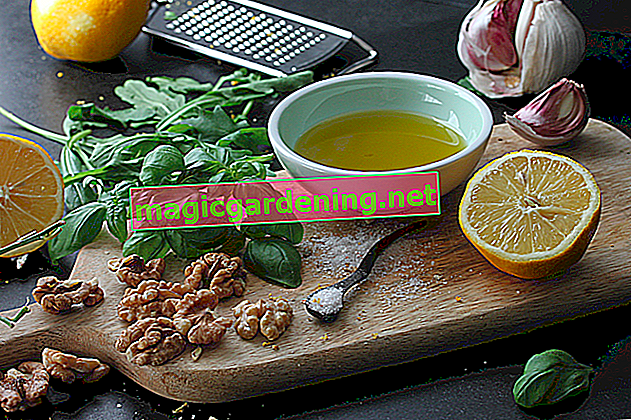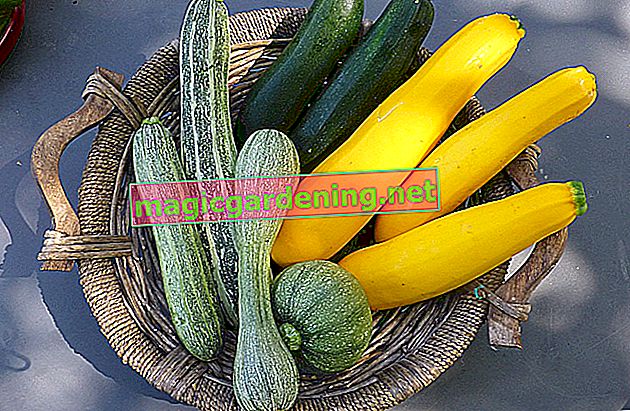
Not all Hebe varieties have beautiful flowers
Hebe or shrub veronica is not only available as a flowering plant, it is also valued as an evergreen ornamental shrub in the garden or for the pot. The different leaf shapes play a major role here. They differ in size, color and shape.
also read
- Hebe addenda is only partially hardy
- Hebe or Strauchveronika is only partially hardy
- Hebe andersonii is not hardy!
The different leaf colors can be used to set very nice accents in the garden. The leaf color palette:
- juicy green
- light green
- yellowish
- blue-gray
- bluish black
Some Hebe varieties are similar to conifers because of their leaf shape, but are assigned to the genus “speedwell”.
Varieties of lifting that can also be pulled here
| Variety name | height | Flower color | Heyday | Winter hardiness | particularities |
|---|---|---|---|---|---|
| Raise addenda | 20-30 cm | pink | August to October | conditionally hardy | for beds and pots |
| Hebe andersonii | up to 60 cm | violet | August to September | not hardy | large leaves |
| Lift armstrongii | up to 100 cm | nondescript | May to June | conditionally hardy | Suitable for buckets |
| Lift "Green Globe" | up to 50 cm | no flowers | - | conditionally hardy | cut compatible |
| Hebe salicifolia | up to 120 cm | white, purple | June to August | conditionally hardy | Flower beds and buckets |
| Hebe speciosa | up to 120 cm | blue, purple | July to September | conditionally hardy | Flower beds and buckets |
| Raise ochraea | up to 40 cm | blue, purple | July to September | conditionally hardy | Flower beds and buckets |
| Hebe pimeleoides var. Glaucocaerulia | up to 30 cm | purple | July to August | not hardy | Container plant |
Not all Hebe varieties are hardy
Most of the Hebe species can only tolerate moderate frost up to a maximum of minus five degrees. It is therefore advisable to pull lift in the bucket.
Basically, large-leaved species can tolerate less frost than small-leaved Heben.
The flowering time also depends on the variety. Some species are early bloomers, while others show their flowers in autumn. The flowers of the Hebe Green Globe variety are completely inconspicuous.
Tips
The name “Hebe” for Strauchveronika goes back to the Greek goddess Hebe. She is considered the goddess of youth. The perennial is not poisonous.

